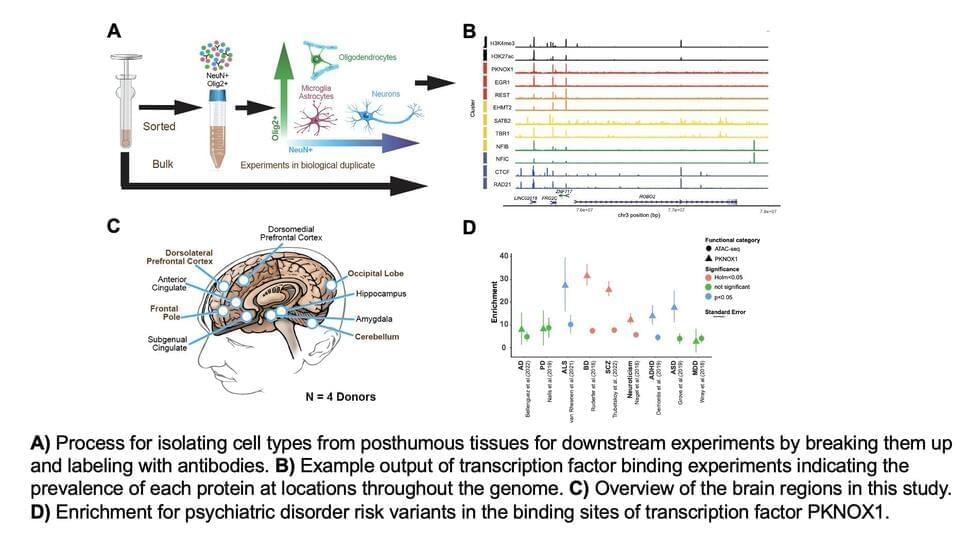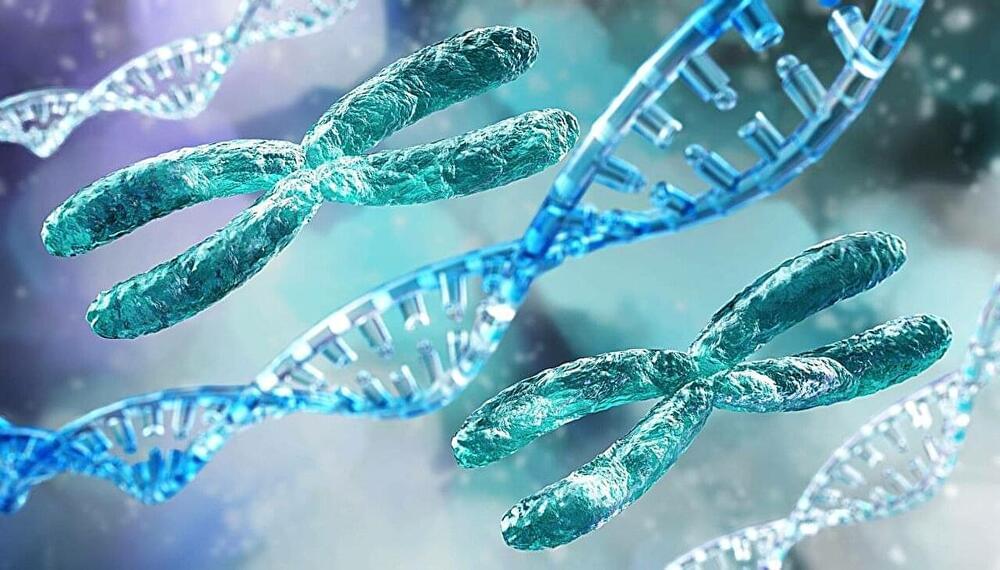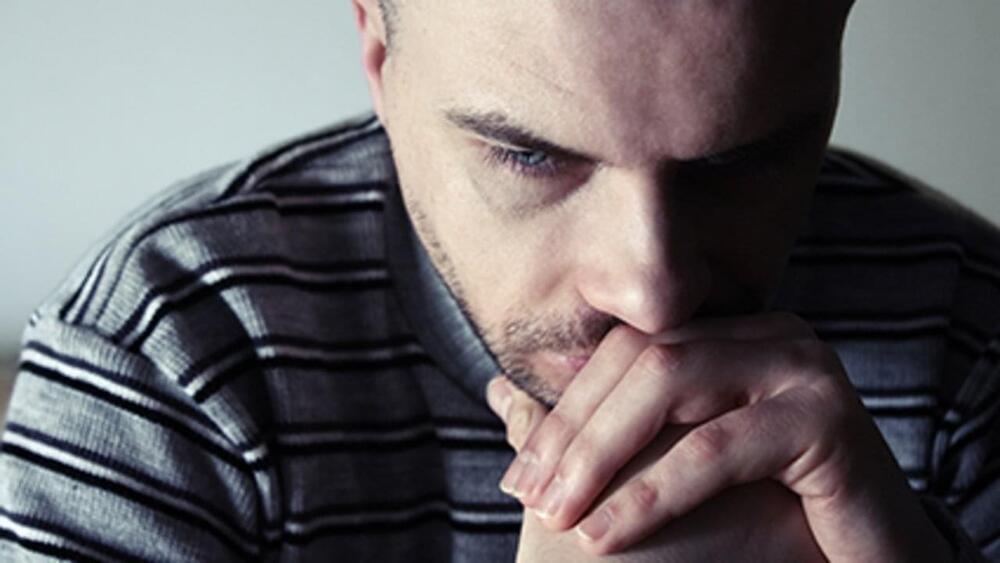BOSTON — There currently is no cure for Parkinson’s disease, but scientists may have discovered a potential path to slow or stop the disease. Parkinson’s disease is a brain disorder that can cause movement problems such as tremors, poor balance, and walking difficulties, and it can also impair cognitive function. There is no cure and treatments aim to simply reduce symptoms. But a new study in mice by researchers at Johns Hopkins offers new hope. They found that the interaction of two proteins is key to the buildup of protein clumps in the brain that damage healthy brain cells in Parkinson’s. They also suggest that disrupting these proteins with a drug already approved by the FDA to treat cancer could potentially slow or stop the brain damage associated with Parkinson’s. The next step would be to conduct clinical trials in humans, but that will take time.








